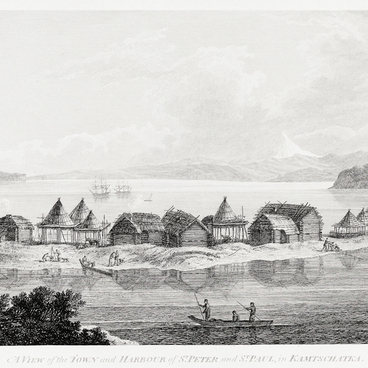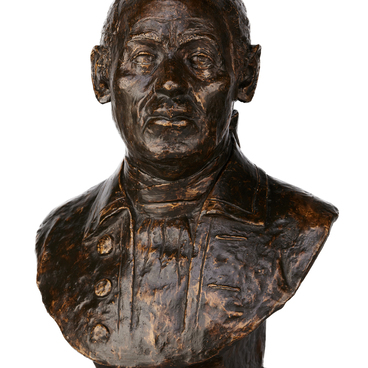Fossils of Desmostylus, including a tooth from the museum’s collection, were discovered by scientists in ancient sediments of Kamchatka. The Desmostylus (Desmostylus hesperus) was a fossil mammal that lived on the sea coasts of the North Pacific Ocean mainly in the middle of the Miocene epoch of the Neogene period, approximately 12–15,8 million years ago. Paleontologists have recorded only a few fossils dated to the early Miocene; they were discovered in Japan.
Researchers determined that the Desmostylus had four- and five-toed plantigrade limbs adapted for rowing. They were semi-aquatic animals with a long, shovel-shaped mandible that was probably used extensively to plough through bottom deposits in search of benthic organisms such as shell-bearing molluscs, crabs and echinoderms.
This animal was first described by Othniel Charles Marsh. He did it in 1888 having only one of its teeth. The name of the animal reflects the particular structure of its teeth, which resembled a bundle of columns: in Greek, “desmos” means “bundle, bunch” and “stylus” means “pillar, column”.
The world’s first discovery of an entire skeleton was made on Sakhalin Island, north-west of the present-day settlement of Smirnykh. The discovery was made in 1933 by Professor Nagao Takumi of Hokkaido University. In July 1933, the scientist was visited by a man who was engaged in transporting timber from Sakhalin, he brought a strange fossil found by chance — the skull of an unknown animal. Professor Nagao determined by the shape of the teeth that it was a Desmostylus; he gathered an expedition group and went to Sakhalin. That year they managed to collect the bones of only the front part of the body, and the rest of the bones were found during the second expedition in 1934.
The fossils were dissected
at Hokkaido University. Based on the results, the scientists made a
reconstruction of the skeleton. Professor Nagao Takumi was assisted by the
taxidermist Shinoda Shujiro. During World War II in the Pacific, in order to
preserve the skeleton, it was taken apart and buried. After the war ended, the
reconstruction was carried out by Professor Kamei Setsuo.


